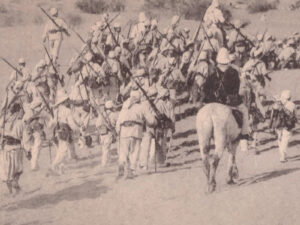
The Foreign Legion
The Foreign Legion was established in 1831. Since then the French elite troop has lured thousands of Swiss, including figures from the arenas of culture and politics.
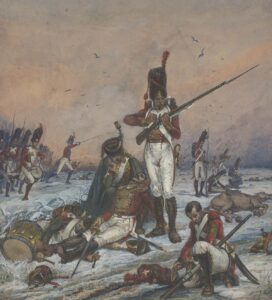
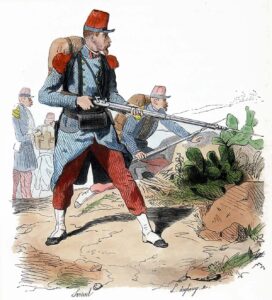

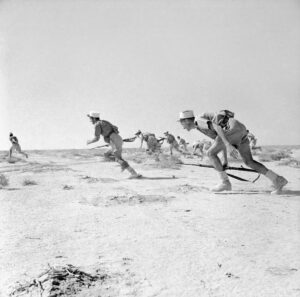
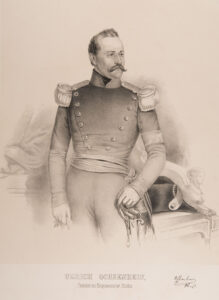
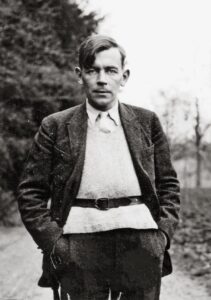
TV documentary about the French Foreign Legion. YouTube

The Foreign Legion was established in 1831. Since then the French elite troop has lured thousands of Swiss, including figures from the arenas of culture and politics.





